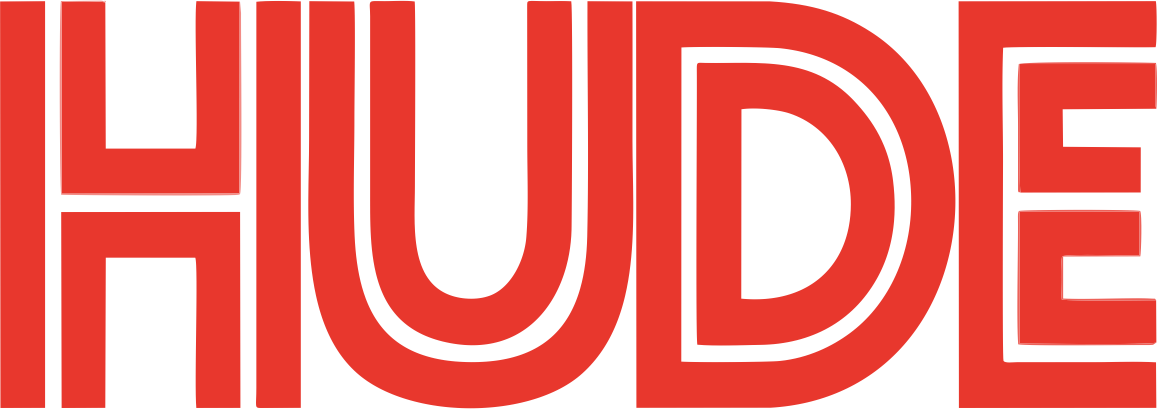News
Nigeria And SDG 6: How Much Longer Before a Breakthrough?

It is often remarked that most African countries appear to bear on their shoulders the highest share of the world’s problems, and of a truth, a few challenges exemplify this harsh reality.
One of the African countries faced with one such reality is Nigeria.
With a populated country blessed with an abundance of natural resources like crude, tin, coal, and limestone, one would expect that with this wealth of resources, Nigeria would top the list of countries that offer quality basic amenities to its citizens.
But the situation in Nigeria paints a rather grim reality. The country is among those, faced with the challenge of providing safe water, sanitation, and a hygienic environment for its citizens.
According to the World Bank, Nigeria’s Water, Sanitation, and Hygiene (WASH) sector was declared to be in a state of emergency as at 2018, and approximately 80 million Nigerians were living without access to basic drinking water. The World Bank further says that 39% of households lack access to at least a basic water supply, while only half have access to improved sanitation, and almost a third (29%) practice open defecation in rural areas.
With an SDG targeted at ensuring availability and access to water and sanitation for all countries (SDG 6) by 2030, and with the fundamental human right to Access to clean water, the question of whether Nigeria is right on track is one on the lips of many.
The absence of proper sanitation infrastructure presents a host of challenges to public health, economic growth, and environmental sustainability, and according to studies, Inadequate access to water and poor management practices contribute significantly to Nigeria’s water and sanitation crisis.
Shall we also talk about the ever-growing population that puts immense pressure on the already limited resources available in this country?
The latest report by UNICEF on the state of Nigeria’s WASH situation highlights that vulnerable populations, including children, bear the brunt of water-borne diseases. It was also emphasized that more than 70,000 deaths of children under 5 years of age were a result of water-borne diseases like cholera.
But Nigeria isn’t staying down without a fight, as the World Bank reports that the federal government of Nigeria has developed initiatives designed to improve access to safe and potable water for citizens.
In 2018, the president of Nigeria, Muhammadu Buhari launched the National Action Plan (NAP), a 13-year strategy for the Revitalization of Nigeria’s Water Supply, Sanitation, and Hygiene (WASH) Sector aimed at ensuring universal access to sustainable and safe WASH services by 2030, in line with the SDGs. Two years after the launch of this plan, the World Bank also devised the Nigeria Sustainable Urban and Rural Water Supply, Sanitation, and Hygiene (SURWASH) program in collaboration with the Nigerian government that seeks to provide basic drinking water services for 6 million people and improved sanitation services for 1.4 million people.
The question now is, has the fight yielded positive results?
As of 2024, Nigeria’s Minister of Water Resources and Sanitation, Prof. Joseph Utsev asserted that “With only six years to the SDG target date of 2030, progress on achieving the global SDG sanitation target of safely managed services is off-track and regrettably among those furthest behind.”
This goes to show that the country is aware of its inadequacies when it comes to meeting target 6 of these goals, but will they gather up the pace to becoming one of the first countries to meet the SDG target, or will the country remain without sustainable initiatives that will uplift the WASH situation of its citizens.













